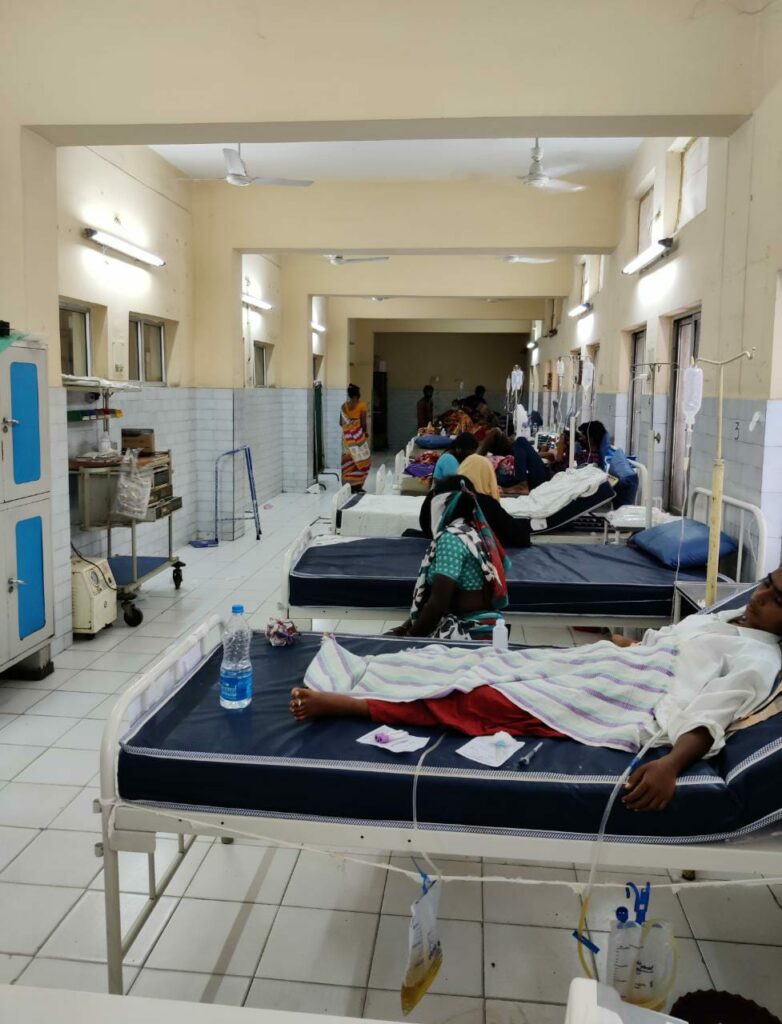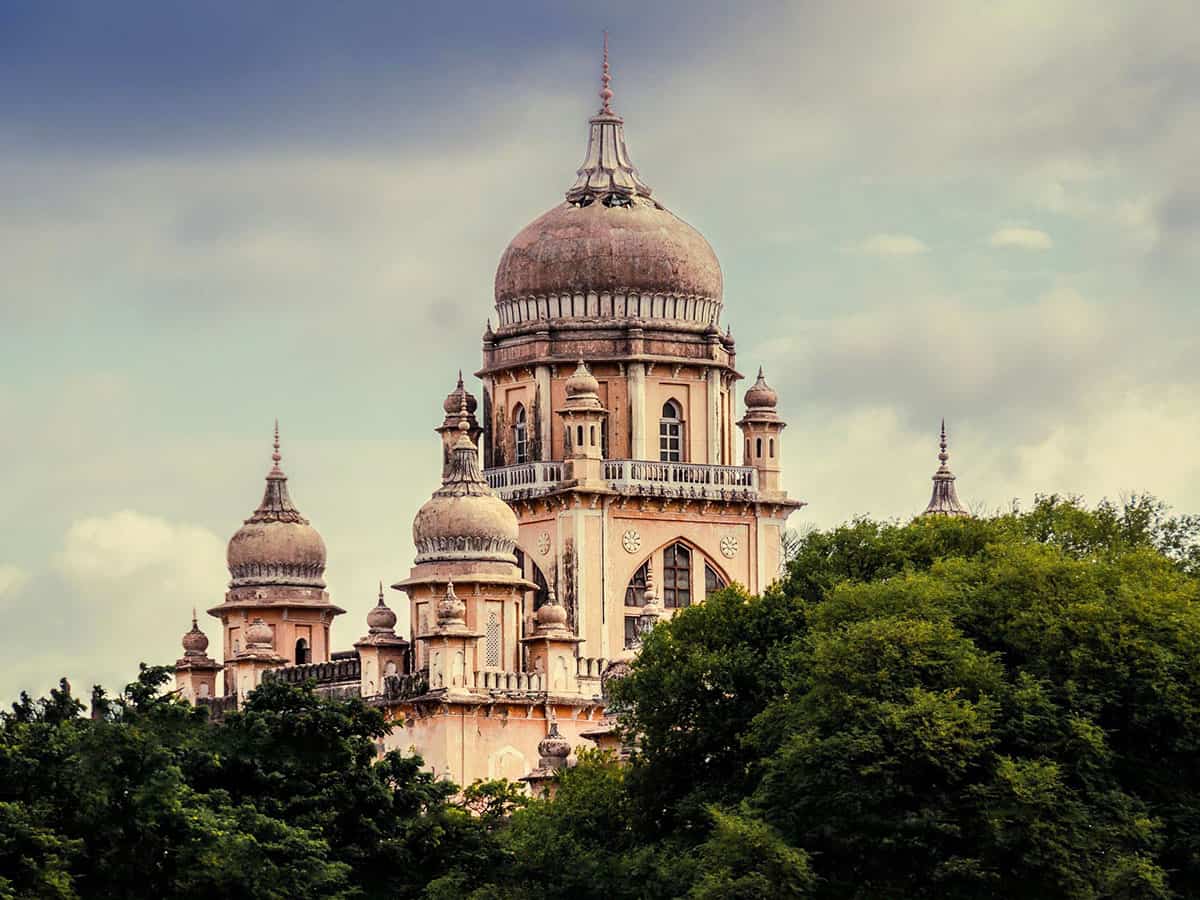Yunus Y. Lasania
Hyderabad: When rain water flooded some of the wards in Osmania General Hospital (OGH) last month, it seemed as if that was the main issue the old heritage building was facing. However, that seems to be least of the problems plaguing the state-run hospital, which is currently facing a shortage of oxygen supply, and other equipment required by the staff to treat patients. In fact, shutting down the old building has even led to Operation Theatres (OT) currently not functioning, said doctors.
“The wards getting flooded last month were the least of our problems, as even then there was a shortage of oxygen supply. Now, because everything has been shifted out of the old building, and there is less space, we don’t even have an Operation Theatre (OT). Patients are being asked to go away because of this. Post-graduate students have been complaining, but it is of no use,” said a junior doctor from OGH, who did not want to be quoted.
Infrastructure problems in OGH have been there from many years, however, some of the doctors working there have also raised the question of vacating and emptying the old building during the ongoing Coronavirus (Covid-19) pandemic. “As it is there is a shortage of space. When doctors complain, the administration says that they are being too emotional and brushes it off,” alleged another junior doctor, who is working at OGH, and who also requested anonymity.
Last month in July, the wards on the floors on OGH’s old heritage building were flooded with water due to heavy rain, leading to a public outrage. Within a week after the incident, the director of Medical Health issued orders to vacate the building and seal it shut. However, within days, rain water seeping began seeping through the roof of the Quli Qutb Shah building (at the rear) building as well.

“In the new block we have shifted to, water starts leaking from the roof when it rains. There are no gloves also for us. Last week, after a point, we gave up and started examining patients with our hands, after which we had to sanitize ourselves. Moreover, in the Covid-19 isolation wards where suspected patients are kept, we could not connect ventilators to patients as the oxygen supply doesn’t have enough pressure. People have died because of this,” claimed the first doctor quoted above.
When contacted, Dr. B. Nagender, superintendent, OGH, said that the hospital is still transitioning in shifting from one building to another, and that it will take a few months for everything to get smoothened out. “You tell me, is it possible to accommodate everything in the new building? Problems will be there. In OGH, suddenly there is a calamity and there is pandemic going on across the world. It will take time (for issues to be solved),” he added.
The history
OGH was completed in 1925, after Hyderabad was affected by the bubonic plague around 1911. The city administration then took care of the issue, following which the then Nizam Osman Ali Khan (1911-48) set up the City Improvement Board (CIB) in 1912 to improve Hyderabad’s infrastructure. It was designed by architect Vincent Esch, who also designed the Victoria Memorial in Kolkata.
The OGH’s old building (along with others like High Court and City College) is a fine example of the Osmanian style or Indo Saracenic genre of architecture and is an integral part of Hyderabad’s 20th century riverscape and skyline. The CIB during the reign of Osman Ali Khan had transformed the medieval city into a modern metropolis, complete with infrastructure like the High Court, railway stations, schools and OGH.
The writer is a Hyderabad-based journalist who has worked with The New Indian Express, The Hindu and Mint in the past.

